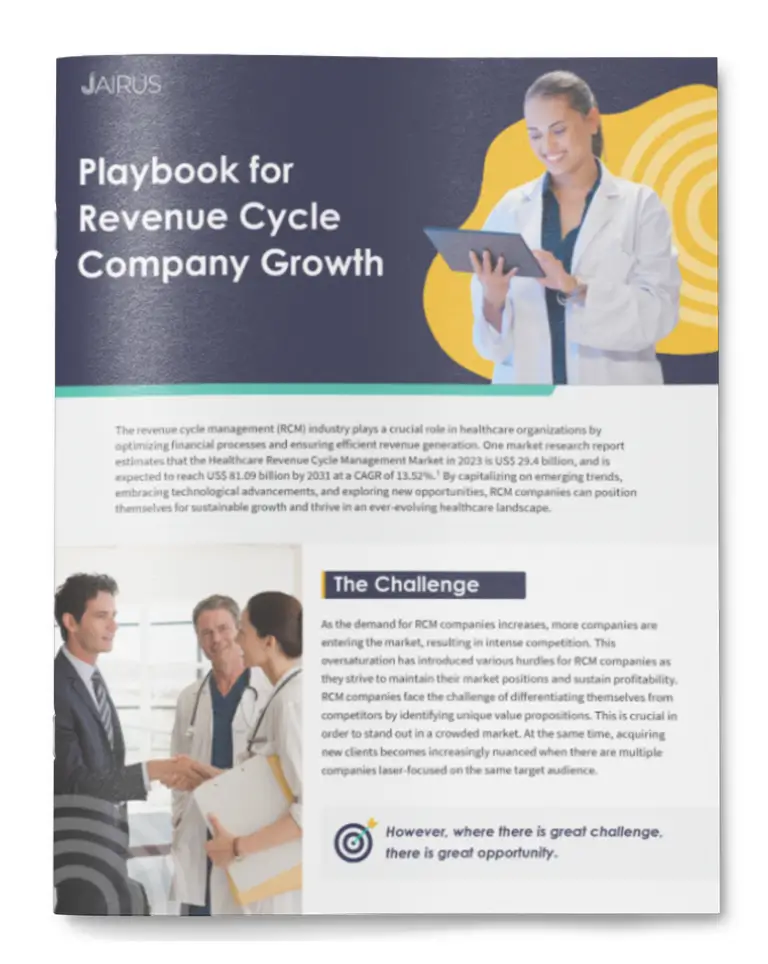Healthcare business practices have evolved. Face-to-face interaction is no longer the leading sales tactic, and MedTech companies must adapt to the reality of unreachable decision-makers. With stagnant sales pipelines and restricted access to countless providers, healthcare innovators are scrambling to find new ways to generate leads.
Digital Opens Doors
Digital marketing paves the way for MedTech companies to get back in front of decision-makers. A recent survey found that over the past five years, digital marketing increased by over 60% in the healthcare industry, with digital taking up 40% of MedTech marketing budgets.1
As healthcare marketing moves online, the next step for MedTech companies is rededicating resources to inside sales growth. However, successfully using digital channels may require extensive internal changes.
Before diving into the “how” of digital outreach, take the time to ask yourself these questions:
- How are your sales team, marketing team, and sales operations team working together to drive revenue for your company?
- How are you creating opportunities and nurturing leads?
- How are you converting prospects?
Your answers will reveal which strategies are digital-ready — and which aren’t.
Rethinking Sales and Marketing
Despite the history of bad blood between sales and marketing, these two entities must be aligned for a successful move to digital.
The goal is to get prospects to later stages of the sales process with the least amount of time and effort. Start by giving your marketing team the front-end functions of the buying process. Marketing — not sales — is best at generating demand and building awareness for your brand. This way, your sales team isn’t responsible for the jobs they don’t want to be doing anyway, like cold calling, and your reps are supplied with prospects who are ready to buy. With just a small number of people who can say “yes” to your company, it’s in your best interest to set your reps up for success before sales conversations.
Measuring Your Success
Assess the progress of your sales and marketing integration with the following metrics:
Length of your active sales cycle
- Percentage of new customers who independently accessed marketing materials before or during the sales process
- Number of sales-qualified opportunities active in your pipeline
That last metric is a critical measurement of success. A notable advantage of digital marketing is qualifying leads ahead of time. Instead of wasting time and resources on prospects who aren’t really interested in your technology, send your sales team warm leads who are more or less ready to buy.
Achieve this with an omnichannel digital marketing strategy. Develop ads that build brand awareness and trust in your expertise, and embed links to various assets–downloadable content, landing pages, videos, etc. After launching these ads on a number of social media platforms and online channels, follow up with email retargeting to give prospects every opportunity to engage. The final piece is trackable data that shows which assets succeeded in prompting a sales conversation. Prepare your sales reps with this valuable information so they can be more persuasive and help prospects feel confident in their buying decisions.
Although COVID limited access to decision-makers, you can still get in front of your prospects in a way that is both compelling and efficient. Set your company up for success by integrating your marketing and sales efforts before you make the move to digital. Use the strengths of each team to help the other succeed, which in turn will help the entire company gain traction in the new era of post-pandemic sales.


